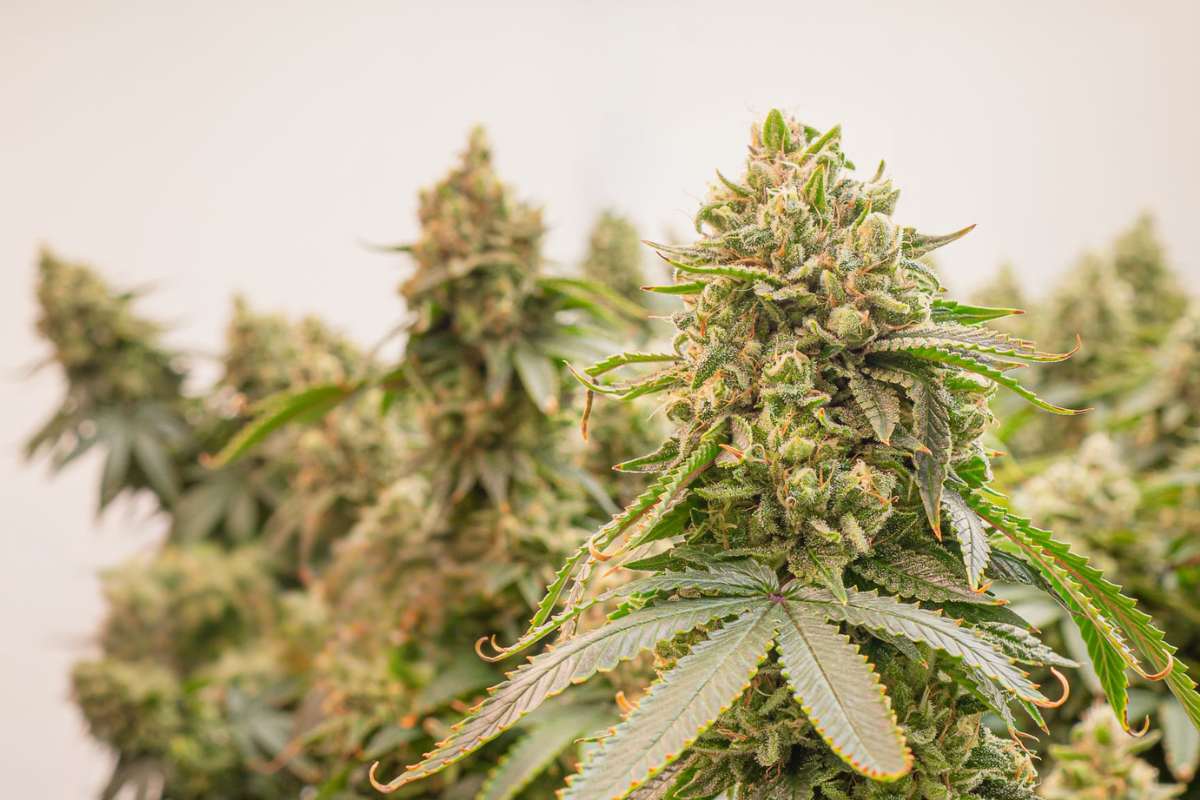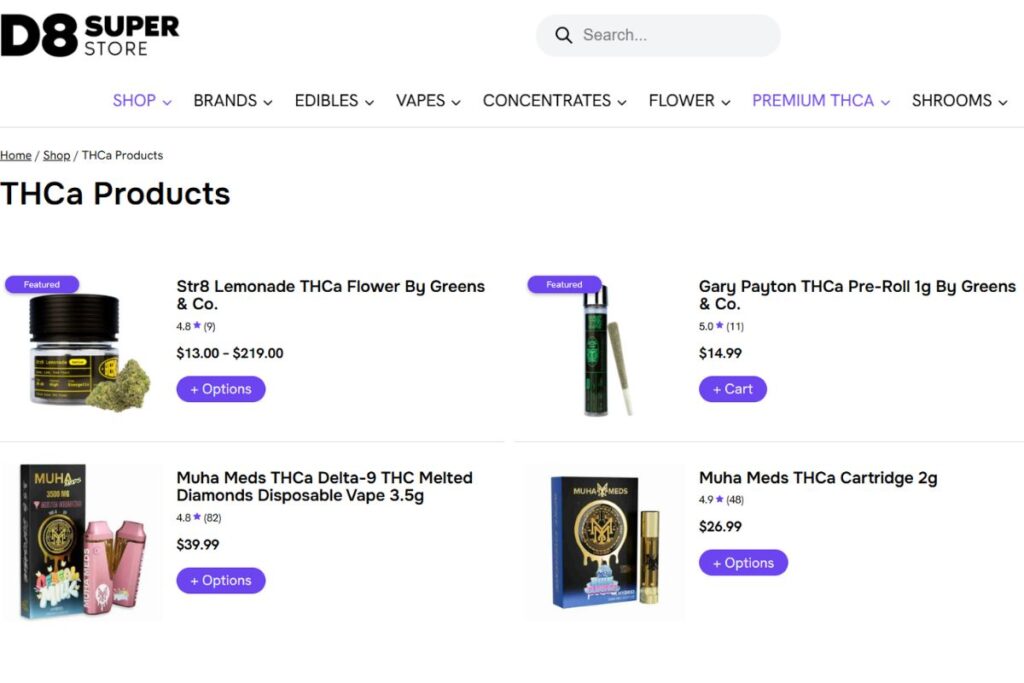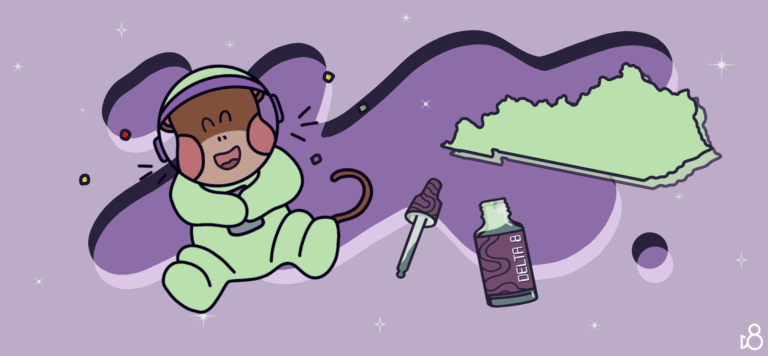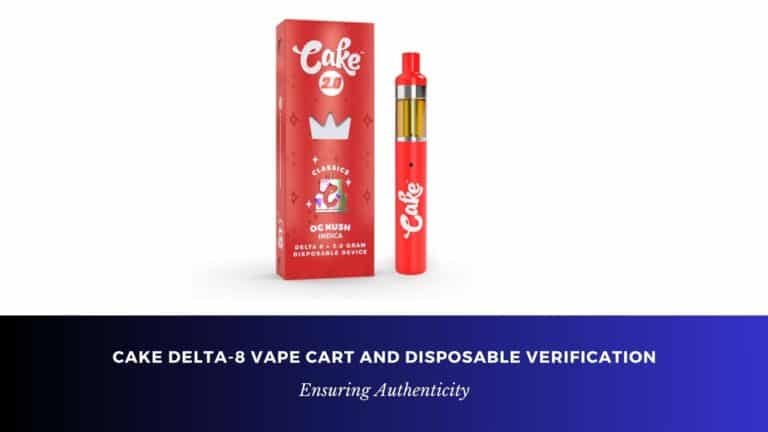THCA vs CBDA: Comparing Benefits and Uses of Cannabinoid Acids
Introduction to Cannabinoid Acids
Cannabinoid acids like THCA and CBDA are natural compounds found in raw cannabis. They are the acidic precursors to THC and CBD, meaning they are found in the plant before any heat or processing occurs, without producing any psychoactive effects .
- Introduction to Cannabinoid Acids
- What Is THCA?
- What Is CBDA?
- The Role of Decarboxylation
- How THCA and CBDA Differ
- Endocannabinoid System and Cannabinoid Acids
- Anti-Inflammatory Properties of THCA
- Anti-Inflammatory Properties of CBDA
- Neuroprotective Effects of THCA
- Neuroprotective Effects of CBDA
- CBDA and Nausea Relief
- THCA and Pain Management
- Anxiety and Stress Relief with CBDA
- Comparing Pain Relief: THCA vs CBDA
- How Cannabinoid Acids Are Consumed
- Raw Cannabis as a Source
- Bioavailability of THCA and CBDA
- Potential in Treating Seizures
- Anti-Tumor Effects
- Appetite and Digestive Benefits
- Safety Profile of THCA
- Safety Profile of CBDA
- THCA vs CBDA: Synergistic Effects
- Legal Status of THCA
- Legal Status of CBDA
- THCA in Topical Products
- CBDA in Supplements
- Storage Tips for Cannabinoid Acids
- Research on Cannabinoid Acids
- The Future of THCA and CBDA
- Choosing the Right Product
- Final Thoughts on THCA vs CBDA
- Frequently Asked Questions (FAQ)
- 1. What is the main difference between THCA and CBDA?
- 2. Can THCA or CBDA get you high?
- 3. How do you consume THCA and CBDA?
- 4. Are THCA and CBDA legal?
- 5. Can you cook with THCA or CBDA?
- 6. Are there any side effects of THCA or CBDA?
- 7. What conditions can THCA and CBDA help treat?
- 8. Is raw cannabis the only way to get CBDA and THCA?
- 9. Can you combine THCA and CBDA with other cannabinoids?
- 10. Is it safe to take THCA or CBDA daily?
- 11. Does THCA convert to THC in the body?
- 12. Can you use THCA or CBDA for pets?
- 13. How long does THCA or CBDA stay in your system?
- 14. Are THCA and CBDA available in topical products?
- 15. Is THCA more effective than CBD for pain?
- 16. Does CBDA help with menstrual cramps?
- 17. Can CBDA help with depression or mood disorders?
- 18. Can you buy THCA or CBDA online?
- 19. What's the best way to store THCA and CBDA products?
- 20. Are THCA and CBDA found in hemp or marijuana?
What Is THCA?
Tetrahydrocannabinolic acid (THCA) is the non-psychoactive form of THC. It’s present in raw cannabis and only becomes THC through decarboxylation, typically triggered by heat, which is essential for its treatment applications .
What Is CBDA?
Cannabidiolic acid (CBDA) is the precursor to CBD. It also exists in raw cannabis and is converted into CBD when exposed to heat, such as during smoking or cooking, where it can offer various medical benefits .
The Role of Decarboxylation
Decarboxylation is a chemical reaction that removes a carboxyl group, turning THCA into THC and CBDA into CBD. This process called decarboxylation is key to activating the psychoactive and therapeutic effects of these compounds.
How THCA and CBDA Differ
While both are non-psychoactive acids found in cannabis, THCA and CBDA interact differently with the body’s systems and may offer distinct potential benefits.
Endocannabinoid System and Cannabinoid Acids
The human endocannabinoid system (ECS) helps regulate mood, pain, immune response, and more. THCA and CBDA interact with the cannabinoid receptors in ECS to deliver therapeutic effects without producing a high.
Anti-Inflammatory Properties of THCA
Research shows that THCA has strong anti-inflammatory effects, making it potentially beneficial for conditions like arthritis and autoimmune diseases, helping to mitigate the inflammatory process .
Anti-Inflammatory Properties of CBDA
| Property | CBDA (Cannabidiolic Acid) | THCa (Tetrahydrocannabinolic Acid) |
|---|---|---|
| Anti-inflammatory | Yes – inhibits COX-2 enzymes linked to inflammation | Yes – shown to reduce inflammation without psychoactivity |
| Anti-nausea | Strong – more effective than CBD in preclinical nausea studies | Yes – may help relieve nausea and appetite loss |
| Anti-anxiety | Promising – interacts with serotonin receptors (5-HT1A) | Limited – not widely studied for anxiety |
| Pain relief (Analgesic) | Mild to moderate – under early research | Moderate – may aid in non-psychoactive pain relief |
| Neuroprotective | Early potential – needs more research | Yes – may help protect brain cells from damage |
| Anti-proliferative (Cancer-related) | Yes – may suppress growth of certain cancer cells in vitro | Some evidence – needs more human studies |
| Anti-bacterial | Mild – less potent than CBD | Possible – limited studies available |
| Non-psychoactive | Yes – raw, unheated form with no intoxicating effects | Yes – but converts to THC when heated |
| Best Consumption Method | Raw (juicing, tinctures, smoothies) | Raw (tinctures, cold-pressed rosin, edibles without heat) |
| Heat Sensitivity | Highly sensitive – heating converts CBDA to CBD | Highly sensitive – heating converts THCa to THC |
CBDA has been shown to inhibit COX-2 enzymes, similar to NSAIDs, and may reduce inflammation associated with chronic illnesses such as Crohn’s disease.
Neuroprotective Effects of THCA
THCA has demonstrated the ability to protect nerve cells from damage and may be useful in treating neurodegenerative diseases like Parkinson’s or Alzheimer’s due to its antioxidant properties .
Neuroprotective Effects of CBDA
CBDA has shown neuroprotective potential as well, possibly reducing oxidative stress and offering therapeutic support for patients with neurological disorders.
CBDA and Nausea Relief
CBDA has been effective in reducing nausea and vomiting in preclinical studies, showing promise for chemotherapy patients and individuals with gastrointestinal disorders.
THCA and Pain Management

THCA may help reduce muscle spasms and chronic pain, making it a potential alternative for patients seeking non-psychoactive pain relief.
Anxiety and Stress Relief with CBDA
CBDA interacts with serotonin receptors and may help reduce anxiety and improve mood, providing a natural approach to emotional wellness, particularly in addressing nausea induced behaviour .
Comparing Pain Relief: THCA vs CBDA
While both may reduce pain, THCA is believed to be more potent in managing physical discomfort, whereas CBDA may excel in relieving emotional tension.
How Cannabinoid Acids Are Consumed
| Consumption Method | Used For | Cannabinoid Acid Retention | Bioavailability | Notes / Considerations |
|---|---|---|---|---|
| Raw Juicing | Wellness, anti-inflammatory, nausea | Excellent (no heat involved) | Moderate | Use fresh cannabis leaves or flowers. Keep cold to preserve acids. |
| Tinctures (Cold Extracted) | Anxiety, pain, inflammation | Very High (solventless or ethanol) | High (sublingual use) | Place under the tongue for fast absorption. |
| Capsules / Softgels | Precise dosing, long-term use | Retained if processed at low temp | Medium | Slower onset but steady release. |
| Smoothies / Edibles (No Heat) | General wellness, gut health | Fully preserved | Moderate to High | Add after blending to preserve acids; avoid baking or boiling. |
| Topicals (Cold-Infused) | Localized inflammation or pain | Preserved in formulations | Low (surface level) | Great for joint or skin relief; minimal systemic absorption. |
| Cold-Pressed Rosin | High potency, dabbing (THCa only) | Retained if low heat is used | High (if inhaled) | Popular for THCa dabs; must avoid high-temp vaporization. |
| Raw Cannabis Flower | Whole-plant therapy, THCa/CBDA | Fully present in raw state | Low unless juiced or extracted | Must be stored properly to avoid decarboxylation. |
| Suppositories | Inflammation, menstrual relief | Good retention at body temperature | Moderate to High | Avoids liver metabolism; longer-lasting effects. |
Unlike THC and CBD, THCA and CBDA are typically consumed through raw forms such as cannabis juicing, tinctures, or supplements that preserve their acidic forms.
Raw Cannabis as a Source
Juicing raw cannabis leaves and flowers allows users to consume THCA and CBDA without activating THC or CBD, preserving the natural profile of the plant.
Bioavailability of THCA and CBDA
Both cannabinoid acids are more water-soluble than their decarboxylated counterparts, potentially improving bioavailability and effectiveness.
Potential in Treating Seizures
Preliminary studies suggest THCA and CBDA may play a role in reducing seizure activity, although more human trials are needed.
Anti-Tumor Effects
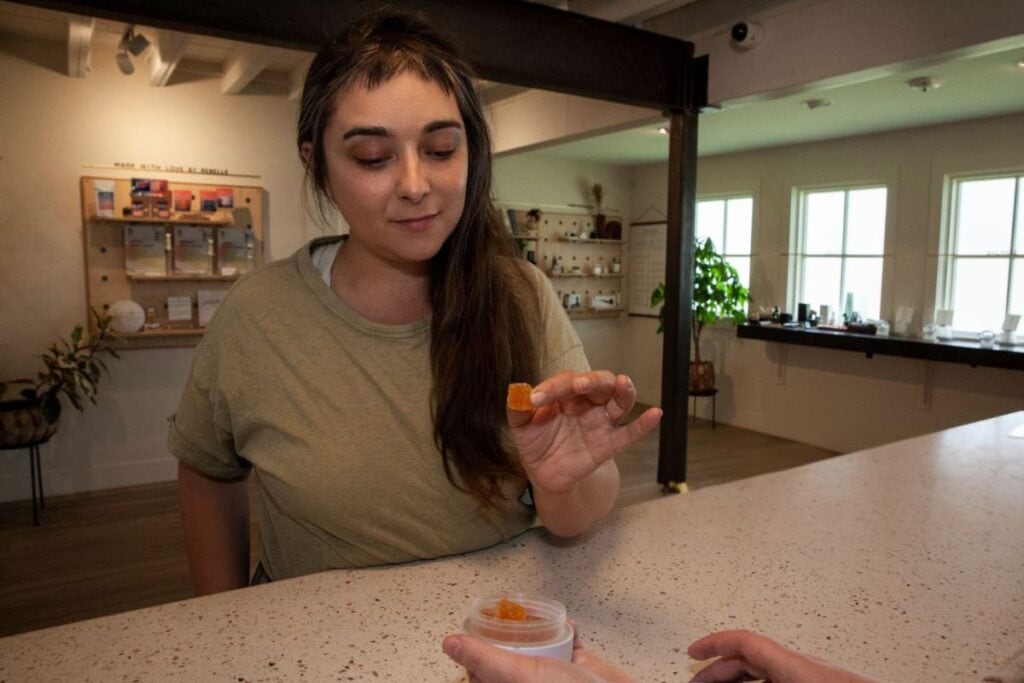
CBDA has shown potential in laboratory settings for reducing the migration of breast cancer cells, indicating possible anti-tumor activity.
Appetite and Digestive Benefits
THCA may help stimulate appetite, while CBDA supports digestive health by easing nausea and inflammation in the gut.
Safety Profile of THCA
THCA is considered non-toxic and non-psychoactive, making it a safe option for medical cannabis patients looking for relief without intoxication, unlike cannabidiol which has different effects .
Safety Profile of CBDA
CBDA has a favorable safety profile with minimal side effects, especially when taken in raw or tincture form under the guidance of a healthcare professional.
THCA vs CBDA: Synergistic Effects
| Aspect | THCa (Tetrahydrocannabinolic Acid) | CBDA (Cannabidiolic Acid) | Synergistic Potential |
|---|---|---|---|
| Primary Benefits | Anti-inflammatory, neuroprotective, nausea relief | Anti-inflammatory, anti-nausea, anti-anxiety | Complementary in inflammation and gut health support |
| Interaction with Terpenes | Works well with myrcene, limonene (calming, anti-inflammatory) | Synergizes with linalool, pinene (anxiety, mental clarity) | Terpene combination enhances calming and anti-stress effects |
| Effect on ECS (Endocannabinoid System) | Modulates CB1/CB2 receptors indirectly | Influences serotonin (5-HT1A) receptors | Together may regulate both immune and mood functions |
| Non-Psychoactive Use | Non-psychoactive until heated (decarboxylated) | Non-psychoactive entirely | Safe for daily use without intoxicating effects |
| Gut Health & Anti-Nausea | Eases nausea and supports appetite | Strong anti-nausea effect via serotonin receptor modulation | Combined use offers superior nausea and digestive relief |
| Neuroprotective Properties | Reduces neuroinflammation and protects brain cells | Potential brain-supportive effects (under research) | Could aid neurodegenerative support protocols |
| Inflammation & Pain | Reduces joint and muscle inflammation | Inhibits COX-2 enzymes associated with inflammation | Dual action may enhance relief for chronic inflammation and pain |
| Best Consumption Form (Synergy) | Raw tinctures, cold-pressed rosin, topical creams | Cold-extracted tinctures, raw capsules, juice blends | Combined in tinctures, topicals, or non-heated edibles for full effect |
Combining THCA and CBDA with other active compounds like THC, CBD, and terpenes can enhance their effectiveness through the entourage effect.
Legal Status of THCA
THCA’s legal status depends on how it’s processed and labeled. As a non-psychoactive compound, it may be permitted in certain jurisdictions where THC is not.
Legal Status of CBDA
CBDA is typically treated similarly to CBD and is legal in many regions where hemp-derived products are allowed, though laws vary by country and state.
THCA in Topical Products
THCA is often added to balms and creams for localized pain and inflammation relief, making it popular among users with arthritis and joint pain.
CBDA in Supplements
CBDA is available in capsules and oils, often marketed as an alternative supplement for wellness, inflammation, and stress management.
Storage Tips for Cannabinoid Acids
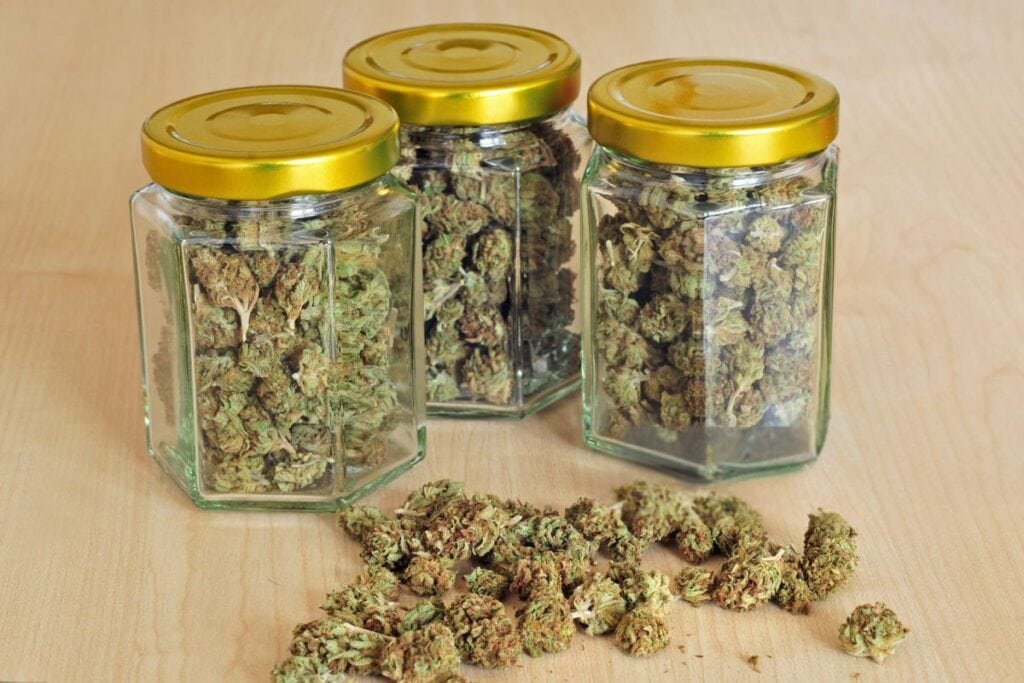
To preserve THCA and CBDA, cannabis should be stored in a cool, dark place to prevent natural decarboxylation from heat and light exposure.
Research on Cannabinoid Acids
While animal and cell studies are promising, more human clinical trials are needed to fully validate the benefits and mechanisms of THCA and CBDA for the human body .
The Future of THCA and CBDA
As research grows, THCA and CBDA may become central to the development of non-intoxicating cannabis-based therapies for a wide range of conditions.
Choosing the Right Product
| Product Type | Best For | CBDA Retention | THCA Retention | Bioavailability | Why It’s a Good Choice |
|---|---|---|---|---|---|
| Raw Juice / Smoothie | Daily wellness, gut health, anti-nausea | Excellent | Excellent | Moderate | Preserves cannabinoid acids; great for raw, non-psychoactive benefits |
| Cold-Extracted Tincture | Fast relief, anxiety, inflammation | Excellent | Excellent | High (sublingual use) | Fast absorption, accurate dosing, and no heat damage |
| Softgels / Capsules | Long-term use, chronic conditions | Good | Good | Medium | Easy to dose; good for routine use without taste |
| Topicals | Localized pain, skin issues | Good | Good | Low (surface only) | Non-systemic relief; best for joint/muscle inflammation |
| Cold-Pressed Rosin (Low Temp) | Advanced users, concentrated relief | Moderate–Good | Excellent | High (if vaporized) | Powerful effects if not overheated; THCA intact if used correctly |
| Raw Flower (Unheated) | Whole-plant therapy, budget-friendly options | Excellent | Excellent | Low unless juiced or extracted | Can be used in DIY tinctures or smoothies |
| Suppositories | Severe inflammation, menstrual relief | Very Good | Very Good | Moderate–High | Effective delivery without gastrointestinal degradation |
When shopping for THCA or CBDA products, look for third-party lab testing, raw extracts, and clear labels indicating the presence of acidic cannabinoids.
Final Thoughts on THCA vs CBDA
THCA and CBDA each offer unique therapeutic benefits, and understanding their differences can help consumers and patients choose the right cannabis solution for their needs.
Frequently Asked Questions (FAQ)
1. What is the main difference between THCA and CBDA?
THCA is the acidic form of THC, and CBDA is the acidic form of CBD. THCA is known for its potential anti-inflammatory and pain-relieving properties, while CBDA is recognized for its anti-nausea and anti-anxiety effects.
2. Can THCA or CBDA get you high?
No, neither THCA nor CBDA is psychoactive. You won’t experience a “high” from these compounds unless they are decarboxylated into THC or CBD, respectively.
3. How do you consume THCA and CBDA?
They are best consumed in raw cannabis forms like juice, smoothies, cold tinctures, or capsules that preserve the acidic cannabinoid structure without heat.
4. Are THCA and CBDA legal?
In many places, CBDA derived from hemp is legal under federal guidelines. THCA may be more restricted depending on local laws, especially if it’s sourced from marijuana plants.
5. Can you cook with THCA or CBDA?
No, cooking will convert THCA to THC and CBDA to CBD due to heat exposure. To retain the raw acids, use cold-infused methods or raw cannabis products that may also help inhibit cancer growth .
6. Are there any side effects of THCA or CBDA?
Side effects are minimal but can include mild digestive discomfort or drowsiness. Always start with a low dose and consult your doctor if unsure.
7. What conditions can THCA and CBDA help treat?
They may help with inflammation, nausea, anxiety, neurodegenerative conditions, and pain, according to preclinical studies and anecdotal reports.
8. Is raw cannabis the only way to get CBDA and THCA?
No. Many companies produce lab-tested tinctures, oils, topicals, and capsules that retain THCA and CBDA in raw, unheated form.
9. Can you combine THCA and CBDA with other cannabinoids?
Yes, combining acidic cannabinoids with others like THC, CBD, or CBG may enhance therapeutic effects through the entourage effect, especially when combined with a major cannabinoid .
10. Is it safe to take THCA or CBDA daily?
Daily supplementation is generally safe, though medical consultation is recommended—especially if you’re taking medications or managing chronic conditions.
11. Does THCA convert to THC in the body?
No, THCA needs heat to convert into THC through decarboxylation. Your body does not naturally convert THCA into psychoactive THC on its own.
12. Can you use THCA or CBDA for pets?
Yes, but only under veterinary supervision. Some holistic vets recommend CBDA or THCA products for pets dealing with anxiety, pain, or inflammation.
13. How long does THCA or CBDA stay in your system?
The detection window varies depending on dosage, metabolism, and form of ingestion, but typically ranges from a few days to a week for raw cannabinoids.
14. Are THCA and CBDA available in topical products?
Yes. Some cannabis-infused creams and balms are designed to retain THCA and CBDA for localized relief from inflammation and muscle soreness.
15. Is THCA more effective than CBD for pain?
Some studies and anecdotal evidence suggest that THCA may be more potent for pain relief than CBD, though more clinical research is needed.
16. Does CBDA help with menstrual cramps?
CBDA’s anti-inflammatory and analgesic properties may help relieve menstrual discomfort, although human trials are still limited.
17. Can CBDA help with depression or mood disorders?
Emerging studies suggest that CBDA interacts with serotonin receptors, which may provide antidepressant and mood-stabilizing effects.
18. Can you buy THCA or CBDA online?
Yes, but availability depends on your region’s laws. Many online retailers sell THCA and CBDA products derived from hemp that comply with federal limits on THC content.
19. What’s the best way to store THCA and CBDA products?
Store in a cool, dark place away from sunlight and heat. Refrigeration can help preserve the potency of raw cannabis products.
20. Are THCA and CBDA found in hemp or marijuana?
Both compounds can be found in cannabis plants, but CBDA is more prevalent in hemp varieties, while THCA is typically abundant in marijuana strains.

